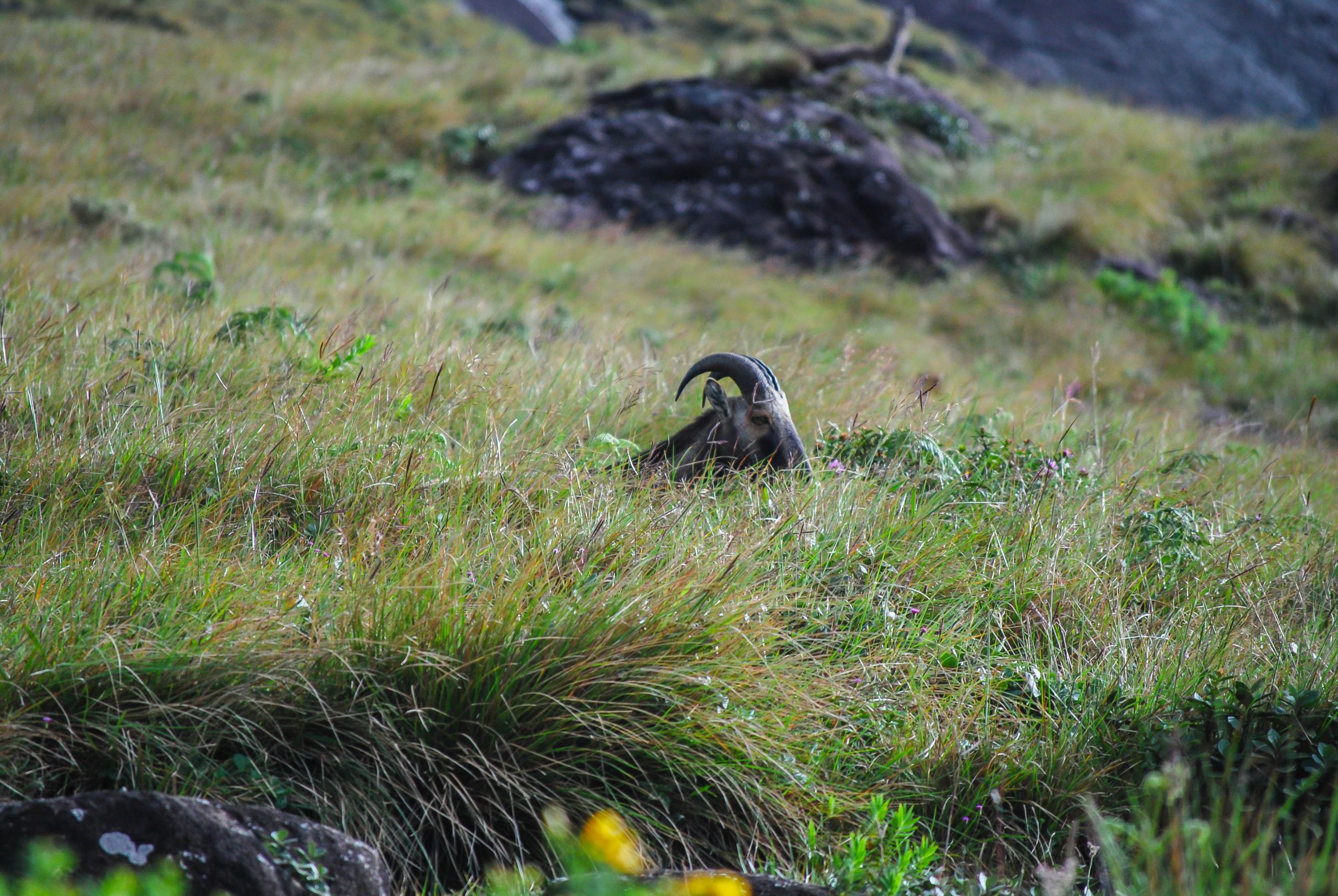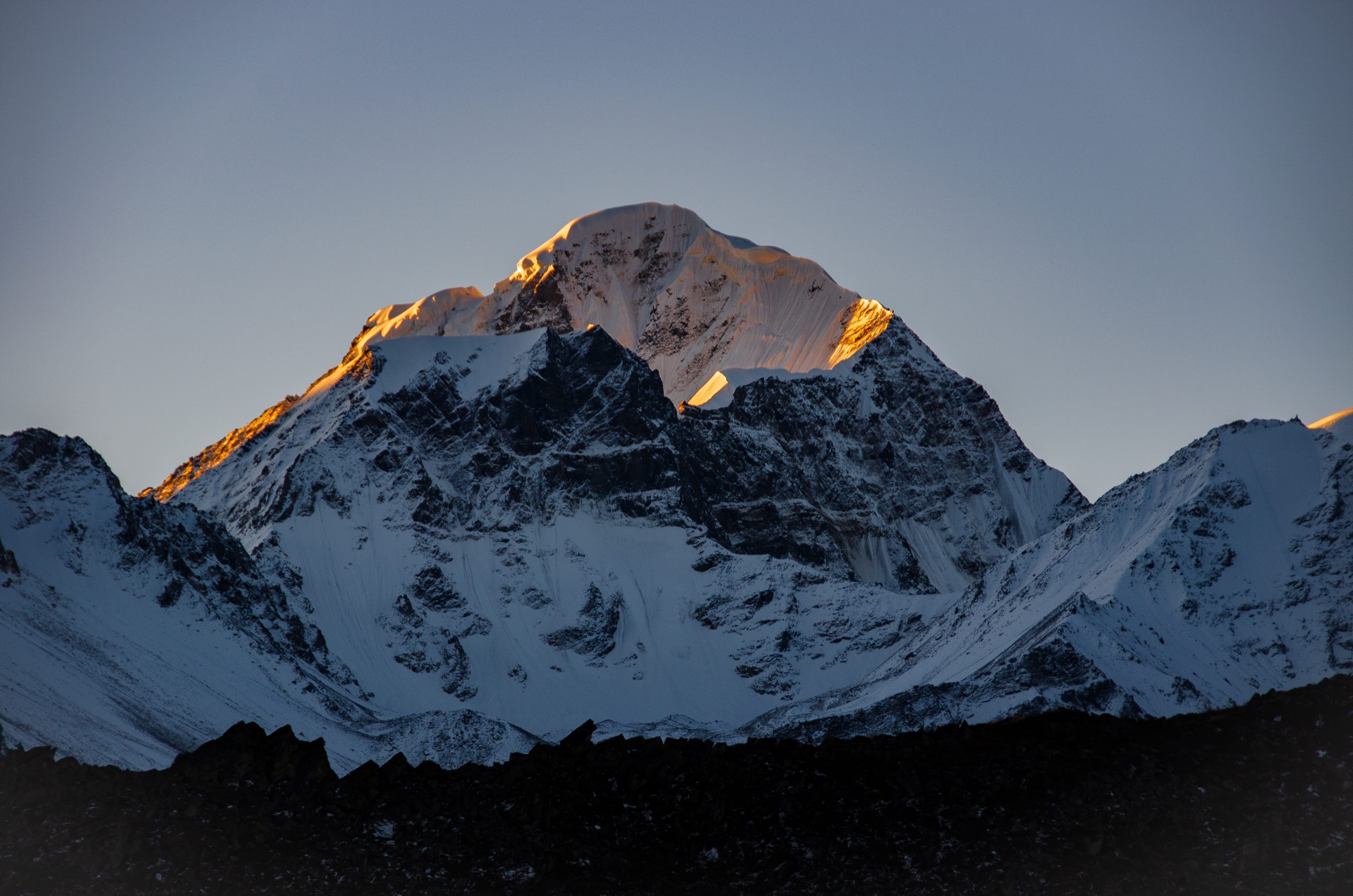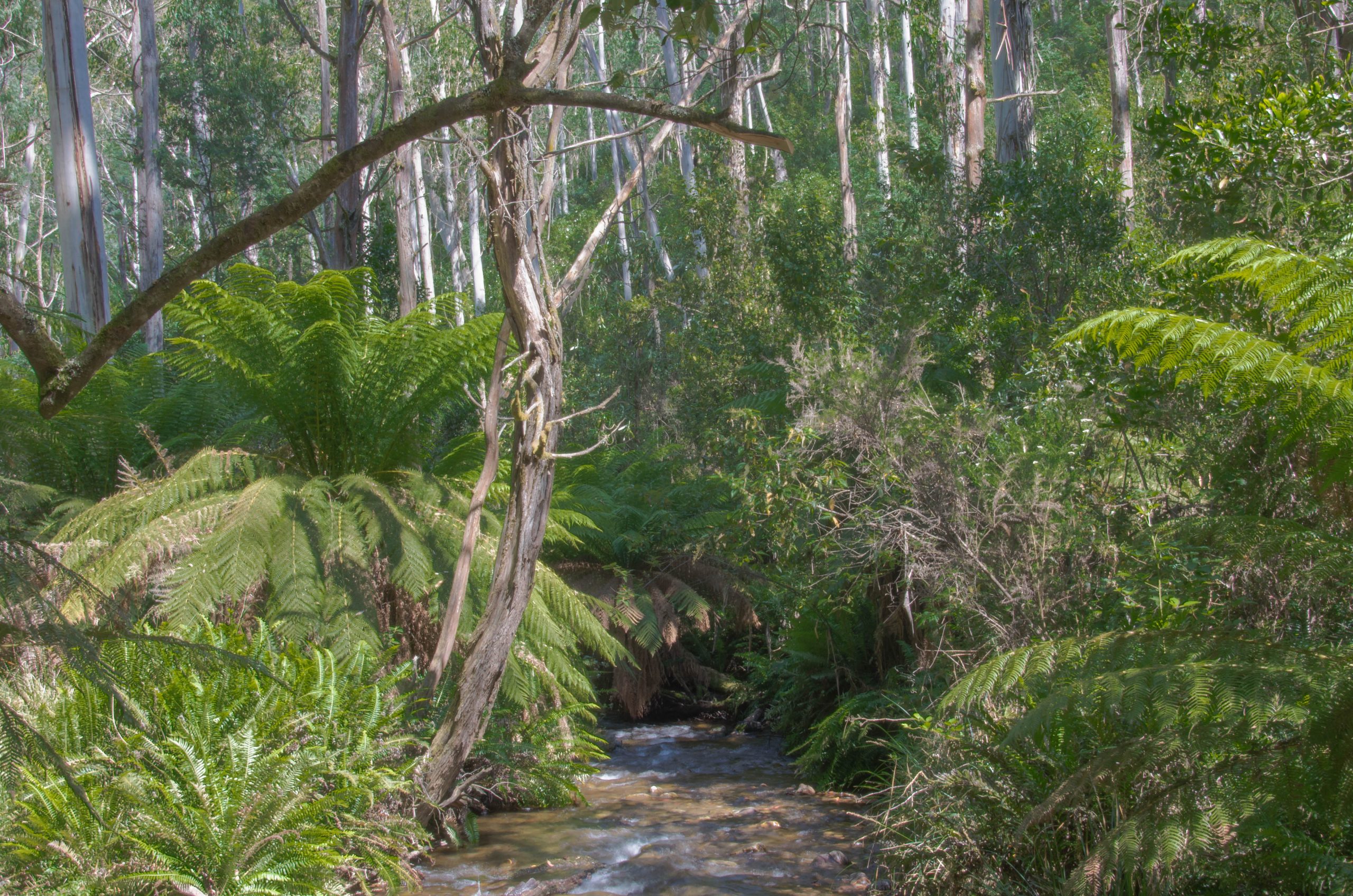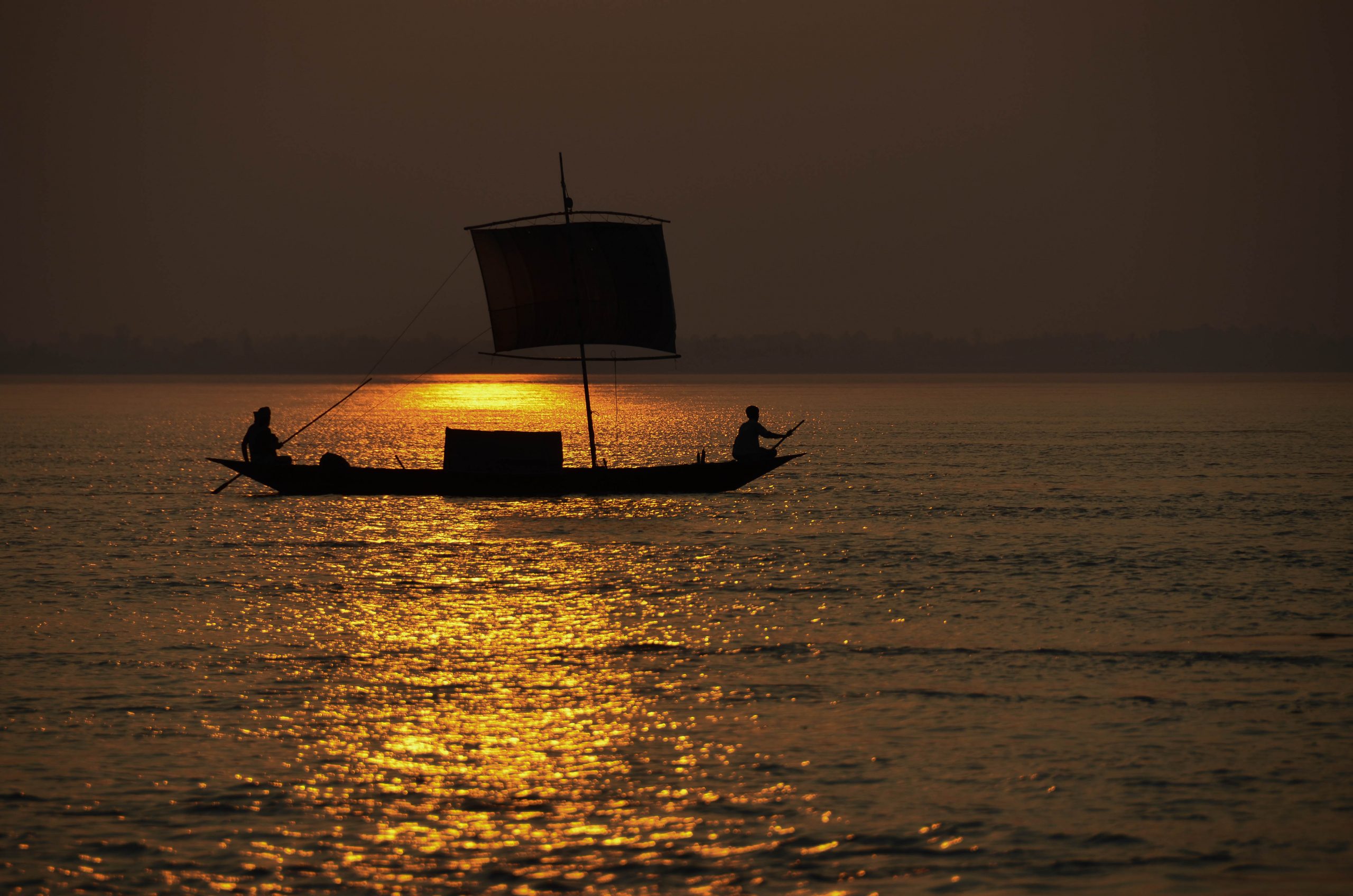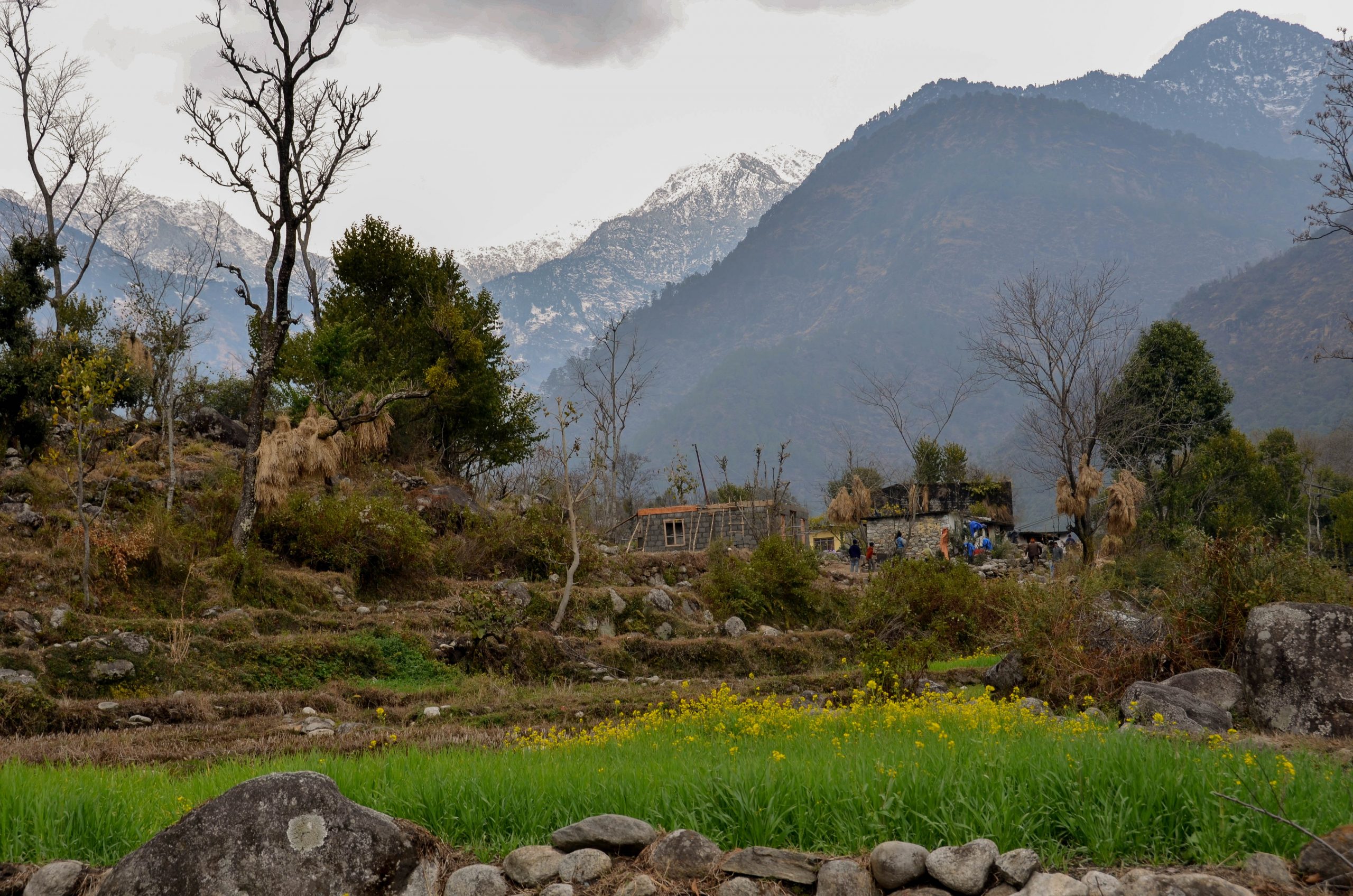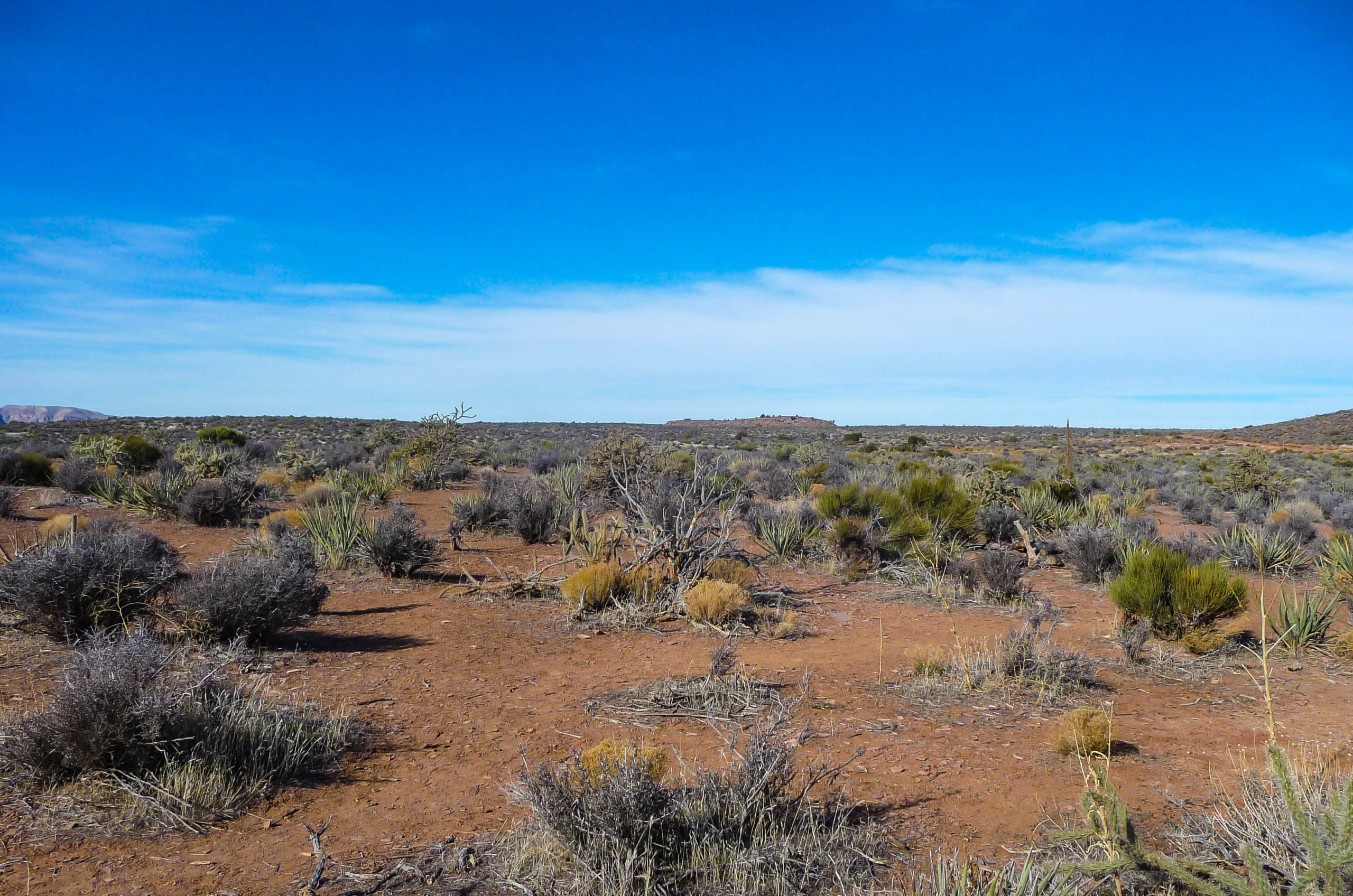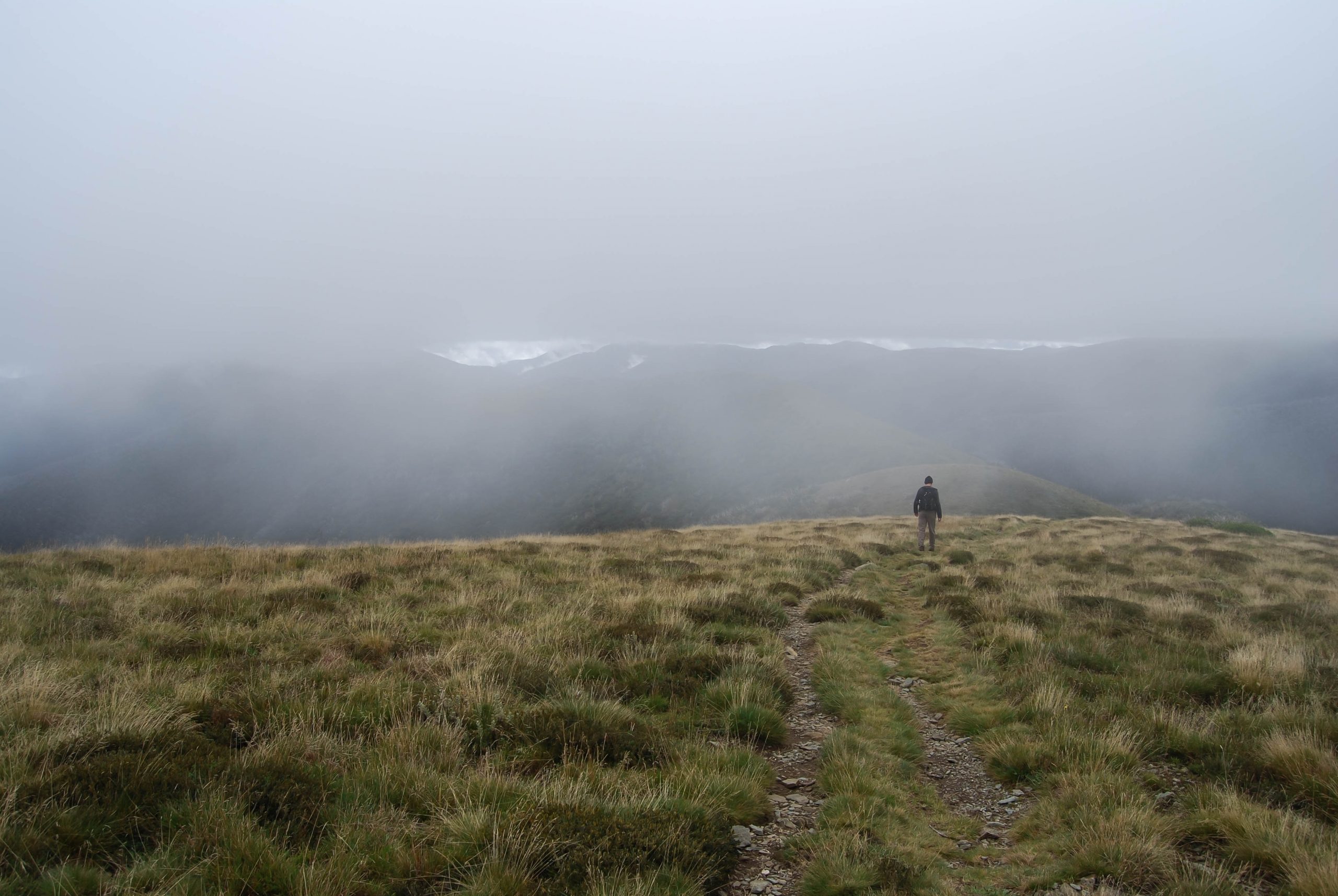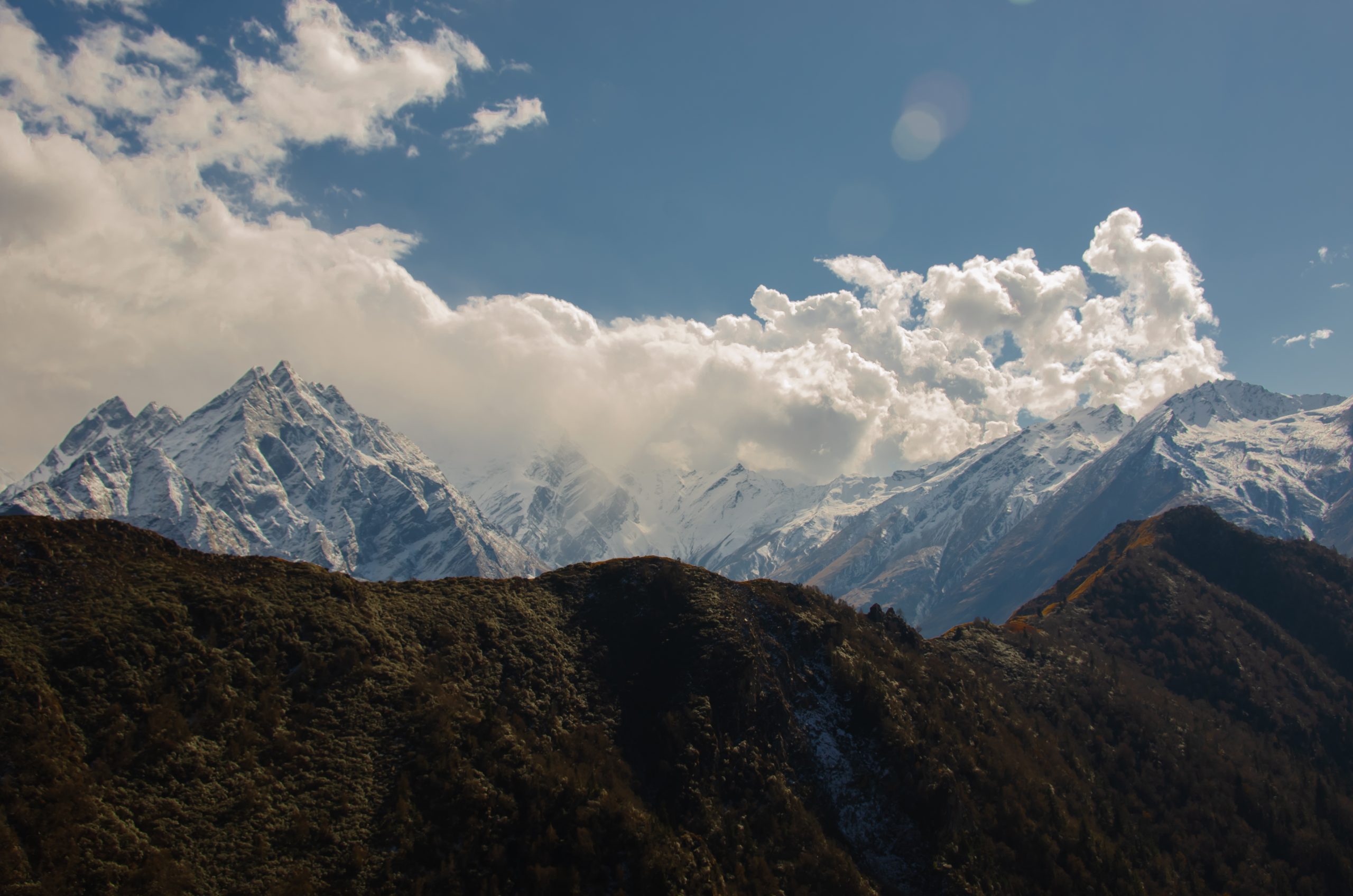
LoST in landscapes
There’s a significant difference between travelling through a landscape and travelling in a landscape. It’s amazing what difference one word makes.
For LoST travellers, the term landscape is understood expansively and relationally. It is not limited to grand vistas or remote wilderness—it includes landscapes, waterscapes, wetlands, neighbourhoods, and even urban fringes. A landscape, in this sense, is not defined by appearance alone, but by its layers of meaning, memory, ecology, and community. It is a living, storied environment shaped by both natural forces and human presence over time.
Landscapes
Traditional land-based terrains—hills, fields, forests, deserts—are often where people first imagine LoST unfolding. But in LoST, these landscapes are understood through their use, stories, and rhythms. A terraced field in the Himalaya, for instance, is not just a landscape form—it is an archive of generations of agricultural knowledge, ritual practice, and ecological adaptation. Land is not static; it is seasonal, cultivated, contested, and revered. LoST travellers seek to move in landscapes with that awareness.
Waterscapes
Rivers, coastlines, estuaries, and lakes are not simply scenic features—they are corridors of culture and history. Waterscapes hold stories of trade, migration, livelihood, and myth. A LoST journey might follow a river’s path on foot or by paddle, tracing its ecological significance and its social life: the fisherfolk, the river deities, the dam controversies, the tidal rhythms. Water is read not just as resource but as relation.
Wetlands
Wetlands are often overlooked or misunderstood, but in LoST they are rich with meaning. These in-between spaces—where land meets water—are ecologically vital and culturally specific. In many regions, wetlands are places of food production, seasonal change, biodiversity, and sacred significance. LoST in a wetland might involve sitting with local farmers, observing migratory birds, or listening to how communities have adapted to the annual ebb and flow of water.
Neighbourhoods and Urban Landscapes
LoST is not limited to rural or ‘natural’ settings. A neighbourhood can be a LoST landscape when we attend to its textures, histories, and social geographies. An alleyway might trace an old footpath; a corner shop might be a node of memory. Walking through an urban LoST landscape means paying attention to informal networks, built forms, marginal spaces, and everyday resilience. It also involves asking: What was here before? Who shapes this place now? What struggles are carried in its walls and gardens?
#LoSTinlandscapes on Instagram

